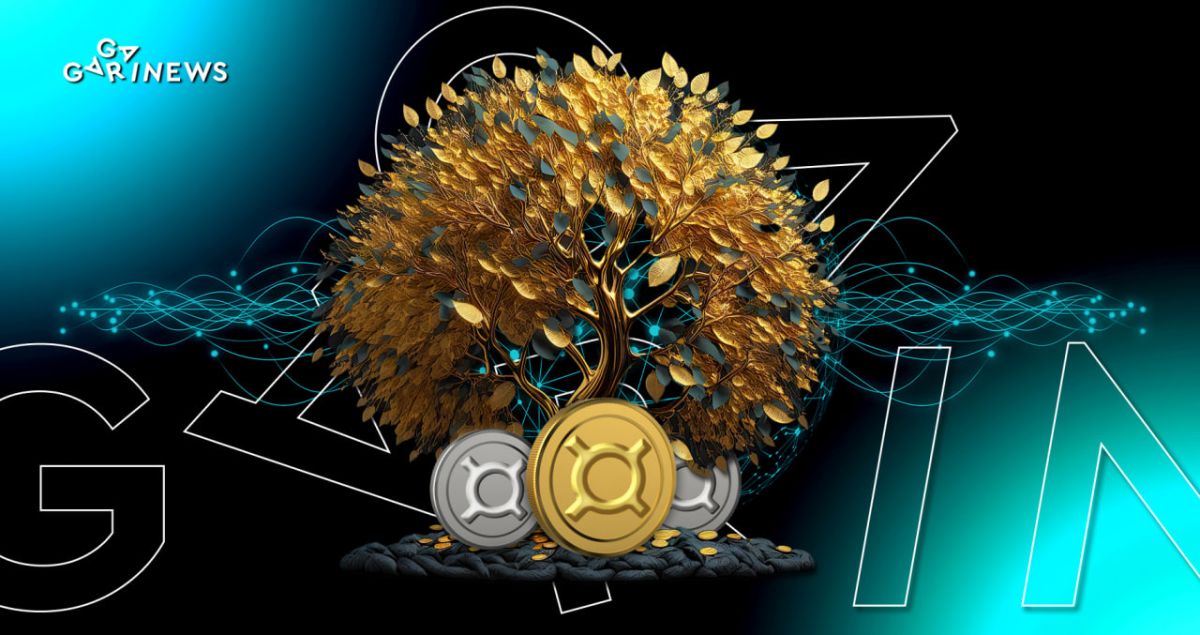Frax: the Bitcoin of algorithmic coins

Prior to the creation of Frax, all stablecoins could be divided into fiat-backed, crypto-backed, and algorithmic (i.e. without any backing). Frax is the fourth type of stablecoin and the world’s first fractional-algorithmic token.
On this page
Frax (FRAX), a stablecoin that is part of the Frax Finance ecosystem, entered the US market in December 2021. The project's goal is to offer scalable, decentralized, algorithmic money as an alternative to digital assets with a fixed supply like BTC.
The founders of Frax and key project features
FRAX was created by Sam Kazemian, an Iranian immigrant, along with his business partners Travis Moore and Jason Huan. In 2023, Kazemian was named to Forbes' “30 under 30” list, recognizing his achievement alongside other finance professionals under the age of 30. Forbes also highlighted the impressive accomplishments of the small 8-person Frax team, which earned $83 million in revenue in 2021 and $46 million in the first half of the previous year.
I think it would be indisputable that we are the Bitcoin of algo coins
Kazemian claims
FRAX operates on the Ethereum blockchain and is backed by both the centralized stablecoin USDC and Frax Share (FXS), an investment and management asset issued on the Frax protocol.
FRAX has a variable collateral ratio. The collateral parameters of FRAX are managed using a PID (Proportional Integral Derivative) controller, which varies depending on the ratio of FXS liquidity volume and the overall FRAX supply. When FRAX is trading below $1, the PID controller increases the collateral ratio, while it decreases it when FRAX is trading above $1.
Frax: Key Statistics
One key feature of FRAX is its FXS seigniorage revenue. Arbitrageurs use techniques like buybacks and re-collateralization to keep FRAX trading within a narrow price range. This approach has proven successful, as the market value of FRAX has remained relatively stable throughout its existence.
- The circulating supply of Frax exceeds $1 billion.
- The price is currently around $1.
- The token's market capitalization is over $1 billion.
The dynamics of the FRAX exchange rate in 2021-2023
Source: CoinMarketCap
FXS receives revenue from seigniorage, excess collateral value, and fees. A total of 100 million FXS tokens have been issued, with 35% allocated to the team and investors, 60% as farming rewards (which decrease by half each year), and 5% to the treasury. As of February 24, 2023, FXS was trading at $10.8 and had a market capitalization of approximately $766 million. The token's all-time high price of $41 was achieved in January 2022.
A shift in the Frax Finance concept
In late February 2023, the Frax Finance community abandoned the algorithmic properties of Frax. Instead, it pursued a 100% collateralization model using crypto assets not related to FXS.
To implement this change, the Frax Finance project:
- ceased minting FXS;
- suspended FXS buybacks;
- will use protocol revenues to increase collateralization;
- approved monthly Frax Ether purchases of up to $3 million for the same purpose.
Frax Ether (frxETH) is another stablecoin on the Frax protocol that is pegged to ETH and is used as an alternative to WETH in smart contracts.
The small algorithmic backing of FRAX creates the perception that FRAX is the less safe option for users to hold, especially after UST’s failure tainted the algorithmic stablecoin concept
as stated by Frax Finance.
Note that the current collateral ratio for Frax is at 92%. The decision to move away from the algorithmic model appears to be related to the fact that some regulators are either banning or preparing to ban this type of stablecoin. For example, Canada has already banned algorithmic stablecoins.
FRAX is ranked in the top 5 algorithmic stablecoins
Source: CoinMarketCap
FRAX also ranks 11th in the market capitalization ranking of stablecoins.
The content on The Coinomist is for informational purposes only and should not be interpreted as financial advice. While we strive to provide accurate and up-to-date information, we do not guarantee the accuracy, completeness, or reliability of any content. Neither we accept liability for any errors or omissions in the information provided or for any financial losses incurred as a result of relying on this information. Actions based on this content are at your own risk. Always do your own research and consult a professional. See our Terms, Privacy Policy, and Disclaimers for more details.



























